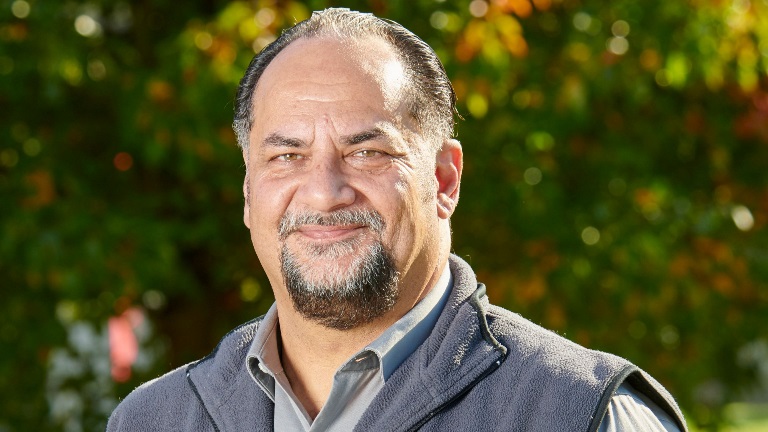Economic and environmental sustainability have been high on a list of goals for a number of major Waikato District Council projects this year according to the Council’s annual report which is being distributed in an easy-read summary for residents and ratepayers next week [from Tuesday 22 October].
“As we plan for major growth in the Hamilton to Auckland corridor that is helping fuel a 20% jump in property numbers across the district in the next decade, our aim is to provide sustainable, attractive, affordable and safe options for living, in a way that’s in tune with what ratepayers want,” says Mayor Allan Sanson.
“For example, we’re proud that Raglan’s tap water, that’s sourced from a local artesian spring, was judged the best tasting tap water in the country at the last annual Water Industry Operations Group NZ water taste test – and it’s these benefits of living in Waikato district that we want to maintain and expand upon.”
He says the Council’s Long Term Plan for the decade ahead was developed under a vision of ‘liveable, thriving and connected communities’ and the proposed District Plan provides a spatial vision to match it with a new village zone and more opportunities for multiple dwelling development.
The Summary Annual Report details a number of major initiatives designed to support growth in economically efficient ways – such as an undertaking to contract with Watercare Services Ltd to operate the district’s water, wastewater and stormwater services to save an expected $28.3 million over the next decade, and the switch to LED street lighting to save $70,000 a year on one of the largest local roading networks operated by a local authority in the country.
- a kerbside food waste collection started in partnership with Raglan’s Xtreme Zero Waste which has diverted 123 tonnes of food waste from landfill to compost,
- the completion of a switch to water meter charging for all properties connected to a Council water supply to encourage water conservation and to help locate and fix water losses,
- the completion of the second year of a $1.76 million ‘continuous improvement programme’ to mitigate the risk of wastewater overflows with a particular focus on protecting waterways and environmentally sensitive areas, and
- the completion of the second year of a four-year Lake Rotokauri restoration programme supported by nearly $400,000 funding from the Waikato River Authority.
Mayor Sanson says environmental sustainability was also a focus for some of the $800,000 of grants the Council committed for distribution to community groups throughout the district for work on local projects. The grants schedule included $20,000 committed to support projects under the Waikato District Lakes and Wetlands memorandum of agreement with Waikato Regional Council, Waikato-Tainui, the Department of Conservation and Fish & Game, and $25,000 for work around Te Otamanui Lagoon.



